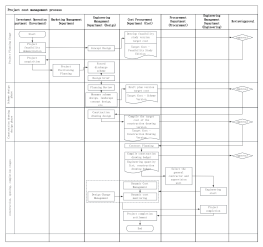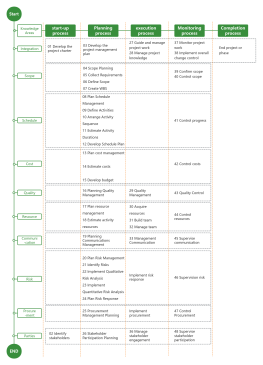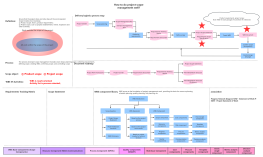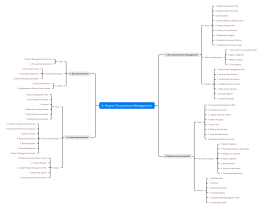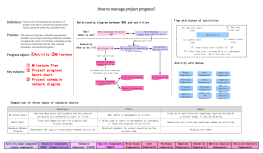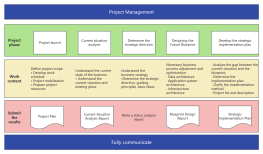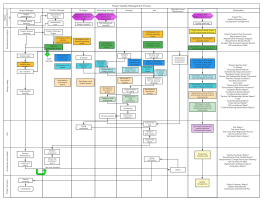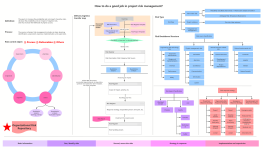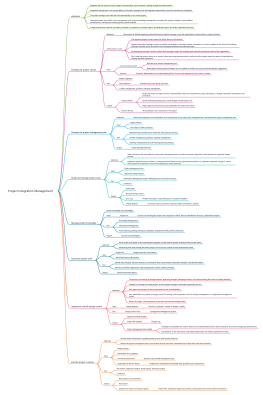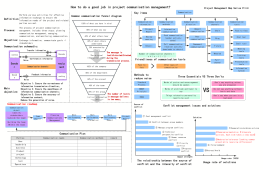The Three Parts of Project Management
2024-09-09 10:02:58 0 Report
Login to view full content
Other creations by the author
Outline/Content
Clarify the goal
Clarify the plan: Establish an implementation plan. Communicate with the client to understand their intentions and true expectations, and communicate the overall plan of the project with the main stakeholders.
Decompose the goal: Break down the goal into work arrangements and organize project work.
First, formulate a milestone plan with the end in mind; design detailed plans in parallel and in series to the week; decompose the goal, identify and evaluate uncertainties, which may be potential risks.
First, formulate a milestone plan with the end in mind; design detailed plans in parallel and in series to the week; decompose the goal, identify and evaluate uncertainties, which may be potential risks.
Inventory of resources: After the overall plan is completed, we need to further determine the human resource situation, project execution cost, project controllable scope, and whether there are technical bottlenecks.
Reaching a consensus: Hold a project kick-off meeting, synchronize project goals with team members, and reach a team agreement.
Set up the environment
Set rules: Allow the team to maintain a unified pace, quickly go through the running-in period, including weekly meetings, emergency coordination items, etc., project information visualization, problem feedback mechanisms, and version experience rules.
Clarify responsibilities: According to the system modules and functions, quickly divide the respective responsibilities clearly, so that team members can quickly find their positions and roles in the project, avoiding chaotic communication leading to various situations in the project. At the same time, clearly defining responsibilities is more conducive to mutual cooperation, the purpose of which is to improve execution.
Unified goal: Synchronize daily and weekly goals, so that team members can clearly understand the goals. Focus on key milestones, to ensure the accuracy of delivery milestones.
Building a closed loop: Building a closed loop is to cultivate the team's self-driven force, including establishing and gradually improving the R&D process suitable for the team; agile and rapid iteration, embracing the changing demand change process; and strict specifications, which can not only make the work status transparent, but also drive the team to operate by clear states.
Predict the future
Aware: The biggest risk in the project management process is that the project manager and team members lack risk awareness. Projects need to be managed by plans, but plans do not mean there is no risk. Therefore, the project manager must maintain a high level of risk awareness throughout the entire project management process and prepare for risk management in advance.
Finding patterns: With a risk management awareness, the key for us is how to identify project risks. Finding patterns involves looking for them in the process of breaking down goals and formulating plans, predicting risks based on dependencies; learning from issues that have occurred in other projects, predicting whether similar issues may occur; and summarizing and refining potential issues encountered in the project, to avoid similar risks.
Thinking in balance: Focus on the balance of the four elements of the project, namely the balance between efficiency and effectiveness. During the process of the project, if there is a focus on any aspect, it may cause imbalance in other factors, thus triggering possible risks. If the main stakeholders are not identified or the expectations of certain stakeholders are not clearly understood, resulting in the transformation of the positive needs of the stakeholders into negative needs, which triggers risks and affects the project.
Establishing a mechanism: Through the four stages of risk management (risk identification, risk assessment, risk planning, and risk implementation), develop a risk management plan, and establishing a mechanism is to communicate clearly with the management team, establish necessary communication and reporting mechanisms, make risks visible, and manage the expectations of relevant parties.
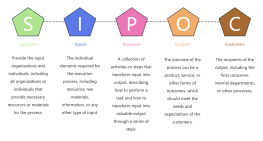
Collect
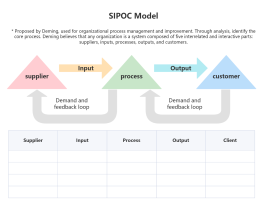
Collect
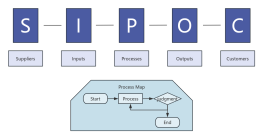
Collect
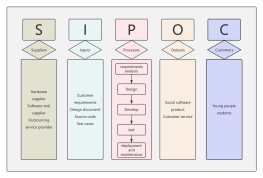
Collect
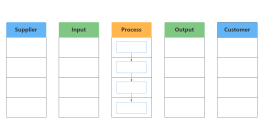
Collect

0 Comments
Next page
Recommended for you
More
